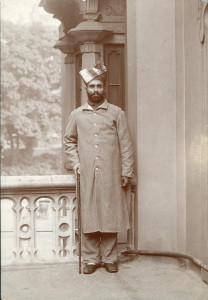Brighton and Hove is set to get more blue plaques to commemorate two heroes of the First World War who were both given the highest honour for bravery.
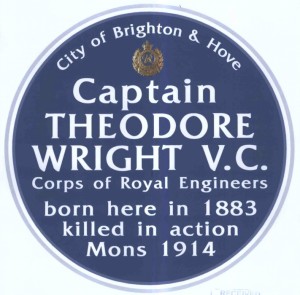
Roger Amarena has applied for permission to erect a plaque to Captain Theodore Wright at his birthplace in Lansdowne Place in Hove, and another to Mir Dast at the Royal Pavilion, where he was awarded the Victoria Cross.
Captain Wright, a member of the 57th Field Company, Corps of Royal Engineers was given his VC for helping to destroy a bridge while under gunfire despite having already been wounded in the head in August 1914.
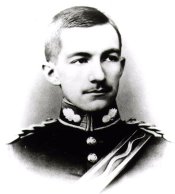
He died just a few weeks later while helping wounded men into a shelter. An officer of the Scots Greys wrote in a letter later: “We got across the river the day before yesterday a bit before our time and we had to go back over a pontoon bridge considerably quicker than was pleasant, under a very heavy fire too.
“At the end of the bridge was an engineer officer repairing bits blown off and putting down straw as cool as a cucumber – the finest thing I ever saw. The poor fellow was killed just after my troops got across. No man earned a better Victoria Cross.”
Mir Dast, born in what is now Pakistan, served as a jemadar or armed soldier in the British Indian Army. In 1915, he led his rifle platoon under attack at Ypres, then kept the remaining regiment under command when no British officers were left.
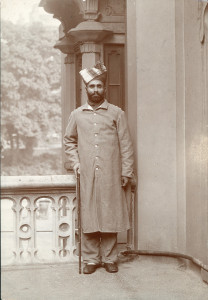
He also risked his life to carry eight wounded British and Indian officers to safety under heavy fire. Later that year, he was sent to the Royal Pavilion in Brighton, which had become a hospital for Indian soldiers, after being gassed in the trenches.
He was awarded the VC by King George V in the Pavilion Gardens. However, in a letter Dast wrote: “The Victoria Cross is a very fine thing, but this gas gives me no rest. It has done for me.”
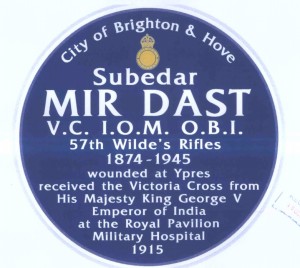
He retired from military service in 1917 and died in Peshawar in 1945. A monument to Mir Dast and other VCs of Indian Heritage now stands at the Memorial Gates at Hyde Park Corner in London and his medals are displayed at The Royal Engineers Museum in Gillingham, Kent.

